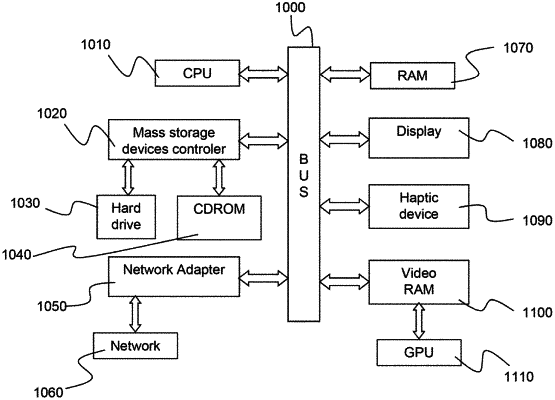| CPC G06F 30/23 (2020.01) [B29C 64/393 (2017.08); G06F 17/18 (2013.01); B33Y 50/02 (2014.12); G06F 2119/18 (2020.01)] | 16 Claims |

|
15. A system comprising:
a processor coupled to a memory and a graphical user interface, the memory having recorded thereon a computer program including instructions,
wherein the system is configured to design a modeled object representing a mechanical part to be manufactured and formed in a material having one or more local zones each presenting a porous structure, the material being subject in use to loads and having one or more constrained boundaries by causing the processor to be configured to
obtain:
a finite element mesh,
data associated to the finite element mesh and including:
forces representing part of the loads,
boundary conditions representing at least part of the one or more constrained boundaries,
parameters related to the material,
a global quantity constraint relative to a global quantity of the material in the finite element mesh, and
a non-uniform distribution of one or more local quantity constraints each relative to a respective local quantity of the material in a respective local zone of the finite element mesh; and
perform a topology optimization based on the finite element mesh, the data associated to the finite element mesh, and the non-uniform distribution, each local quantity constraint representing a respective upper bound (αe) for the respective local quantity (ρe) to force, as a result of the topology optimization, robustness in a region covered by the one or more respective local zone by forbidding concentration of material in the region beyond the respective upper bounds, the topology optimization thereby forcing the spreading of the material in the region, thereby leading to the creation of a porous structure in the region.
|